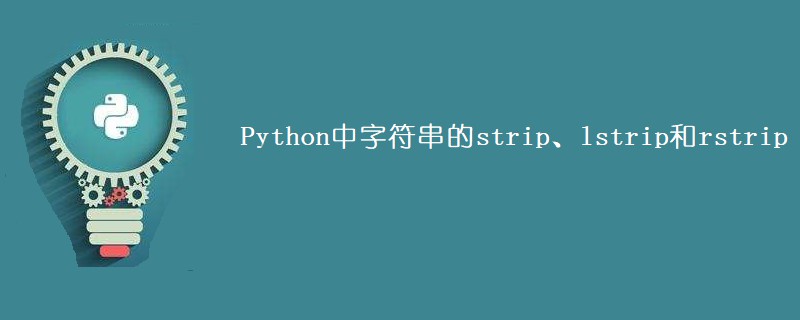Python中字符串的strip、lstrip和rstrip
Python中strip用于去除字符串的首位字符,同理,lstrip用于去除左边的字符,rstrip用于去除右边的字符。

这三个参数都可以传入一个参数,指定要去除的首尾字符。
需要注意的是,传入的是一个字符数组,编译器去除两端所有匹配的字符,直到没有匹配的字符,比如:
>>> testString="saaaay yes no yaaaass"
>>> print testString.strip('say')
yes no
>>>
可见,testString依次被去除首尾在['s','a','y']数组内的字符,直到剩余字符不再数组内。所以输出yes no。
Note:
当没有传入参数时,默认去除首尾空格。
lstrip和rstrip原理一样。
举例:
>>> testString="saaaay yes no yaaaass"
>>> print testString.strip('say')
yes no #以空格开头和结尾的
>>> print testString.strip('say ')
es no#开头结尾均无空格
>>> print testString.lstrip('say')
yes no yaaaass#以空格开头
>>> print testString.rstrip('say')
saaaay yes no #以空格结尾
>>>
来源:PY学习网:原文地址:https://www.py.cn/article.html

